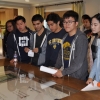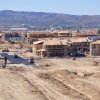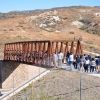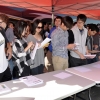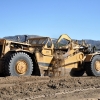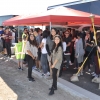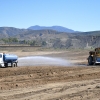CEE Students Connect Concepts to Applications on Field Trip
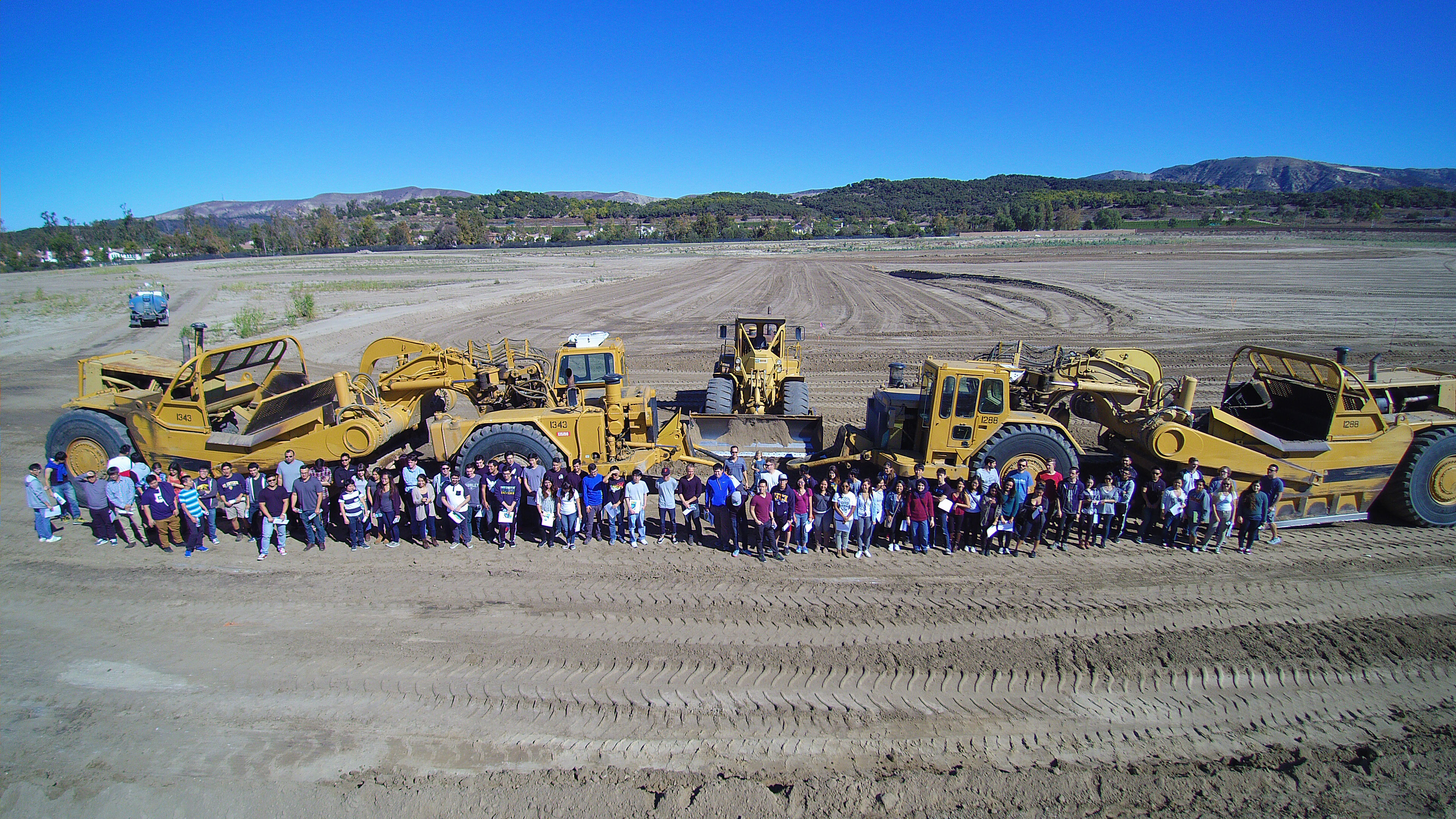 Nov. 30, 2015 - About 100 civil and environmental engineering students spent a recent Saturday out in the field for an up-close look at a community development project in action. They toured three Irvine Company development sites in various stages of construction.
Nov. 30, 2015 - About 100 civil and environmental engineering students spent a recent Saturday out in the field for an up-close look at a community development project in action. They toured three Irvine Company development sites in various stages of construction.
The field trip was part of the senior capstone design course (CEE181), a requirement for all CEE students. After spending much of the fall quarter in the classroom preparing a preliminary design report (PDR) for an Irvine Company Planning Area, students appreciated the real-world demonstration.
“It was valuable to see how projects go through the development and construction processes,” said fourth-year environmental engineering student Crystal Mena. “The field trip was a great opportunity to connect the concepts learned in class and see their applications.”
“We always work with these things in AutoCAD, and we have acres of land or square miles or whichever unit we use, but going out that Saturday gave me a visual of just how big these development projects are,” said fourth-year civil engineering major Guillermo Medina. “I was surprised at the actual size. The parcel they were working on for a residential community was huge!”
The design course was created with significant input from the CEE Affiliates, a corporate support group consisting of practicing engineers. The Affiliates maintain continued involvement in improving the learning experience and mentoring student teams, according to professor Mike McNally, who leads the course along with instructor Steve Bucknam.
The fall quarter’s focus is land development and site planning. Student teams respond to a “request for proposal” and develop an infrastructure site plan for a designated area of the city of Irvine. Each team submits a comprehensive site-planning report and presents a 15-minute overview of their design concepts to faculty and practioner evaluators.
In the winter and spring quarters, new teams are defined by area of program specialization (structures, transportation, water or environmental) and work with a local professional engineering company on a defined infrastructure-design project, such as a steel building, water system, traffic-control system, storm-drain design or bio-filter design. Teams then present their PDRs and participate in the Winter Design Review Day. The project continues through the spring quarter, culminating in a final design report and 20-minute team presentation.
“We’ve been taking this trip each fall for the last 11 years that Steve and I have been managing the senior capstone experience,” said McNally. “The field trip provides a direct real-world experience in land development by taking students into the field to see various projects, completed or underway, by The Irvine Company.”
Terry Hartman, a CEE Affiliates member and retired Irvine Company engineer, coordinates the field trip with Jamie Yoshida, Irvine Company vice president of engineering. “We felt it was important to expose students to the practical aspects of engineering that they’ll find in the workplace,” said Hartman.
Two buses transported the students to the sites. In Portola Springs the young engineers saw a newly completed bike path and pedestrian bridge, as well as current construction on a school and residential homes. In Orchard Hills, they looked at residential models and completed street systems and associated infrastructure. Finally, they saw the early stages of development in Eastwood, where the construction engineers gave them a grading demonstration using the large heavy equipment (dozers, scrapers and graders).
“They got to see how the new equipment is tied into a GPS system, with 3-D modeling of the project on display screens,” says Hartman “The equipment operator in the grader has all the elevations right in front of him, and he can see all the things he needs to grade the dirt to the right elevation and slope so that it drains. The data control the grader.”
Mena thought it was interesting to learn how technology is being applied to civil engineering. “The advances in technology have contributed to improved designs that are more accurate and detailed.”

